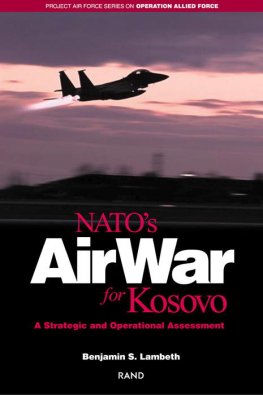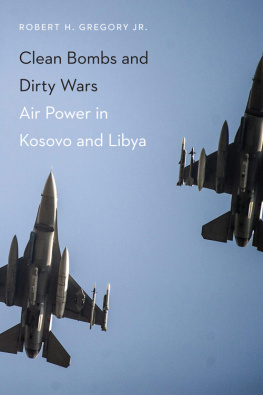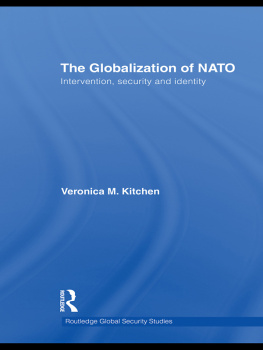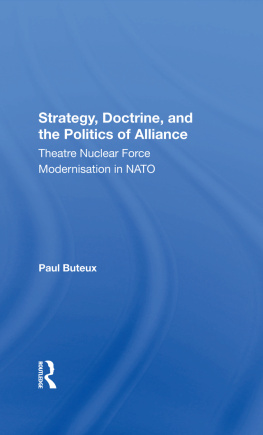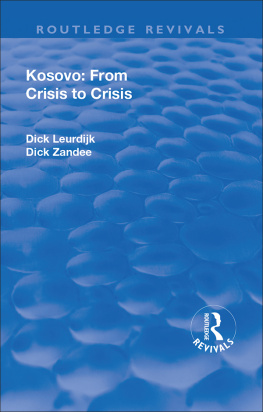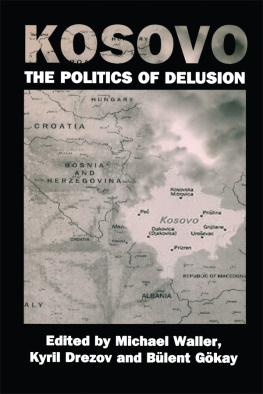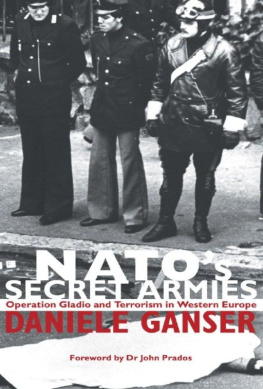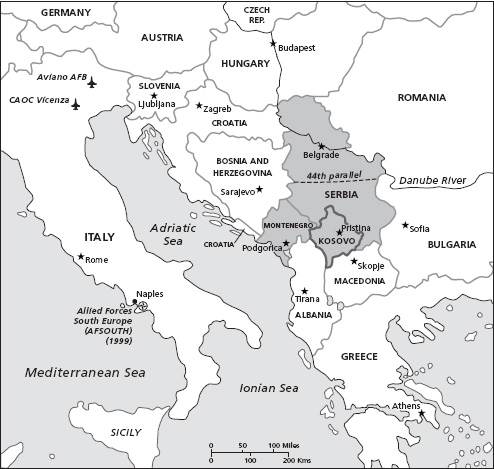Dag Henriksen - Natos Gamble: Combining Diplomacy and Airpower in the Kosovo Crisis, 1998-1999
Here you can read online Dag Henriksen - Natos Gamble: Combining Diplomacy and Airpower in the Kosovo Crisis, 1998-1999 full text of the book (entire story) in english for free. Download pdf and epub, get meaning, cover and reviews about this ebook. year: 2013, publisher: Naval Institute Press, genre: Politics. Description of the work, (preface) as well as reviews are available. Best literature library LitArk.com created for fans of good reading and offers a wide selection of genres:
Romance novel
Science fiction
Adventure
Detective
Science
History
Home and family
Prose
Art
Politics
Computer
Non-fiction
Religion
Business
Children
Humor
Choose a favorite category and find really read worthwhile books. Enjoy immersion in the world of imagination, feel the emotions of the characters or learn something new for yourself, make an fascinating discovery.

- Book:Natos Gamble: Combining Diplomacy and Airpower in the Kosovo Crisis, 1998-1999
- Author:
- Publisher:Naval Institute Press
- Genre:
- Year:2013
- Rating:5 / 5
- Favourites:Add to favourites
- Your mark:
Natos Gamble: Combining Diplomacy and Airpower in the Kosovo Crisis, 1998-1999: summary, description and annotation
We offer to read an annotation, description, summary or preface (depends on what the author of the book "Natos Gamble: Combining Diplomacy and Airpower in the Kosovo Crisis, 1998-1999" wrote himself). If you haven't found the necessary information about the book — write in the comments, we will try to find it.
In this revealing work, Dag Henriksen discloses the origins and content of NATOs strategic and conceptual thinking on how the use of force was to succeed politically in altering the behavior of the Federal Republic of Yugoslavia (FRY). The air campaign, known as Operation Allied Force, was the first war against any sovereign nation in the history of NATO and the first major combat operation conducted for humanitarian purposes against a state committing atrocities within its own borders. This book examines the key political, diplomatic, and military processes that shaped NATO and U.S. management of the Kosovo crisis and shows how air power became the main instrument in their strategy to coerce the FRY to accede to NATOs demands.
The book further shows that the military leaders set to execute the campaign had no clear strategic guidance on what the operation was to achieve and that the level of uncertainty was so high that the officers selecting the bombing targets watched NATOs military spokesman on CNN for guidance in choosing their targets. Henriksen argues that structures preceding the Kosovo crisis shaped the management to a much greater degree than events taking place in Kosovo and that the air power communitys largely institutionalized focus on high-intensity conflicts, like the 1991 Gulf War, hampered them from developing strategies to fit the political complexities of crises. Because fighting and wars in the lower end of the intensity spectrum are likely to surface again, study of the Kosovo crisis offers lessons for future international conflicts in which the combination of force and diplomacy will play a very significant role.
Dag Henriksen: author's other books
Who wrote Natos Gamble: Combining Diplomacy and Airpower in the Kosovo Crisis, 1998-1999? Find out the surname, the name of the author of the book and a list of all author's works by series.

